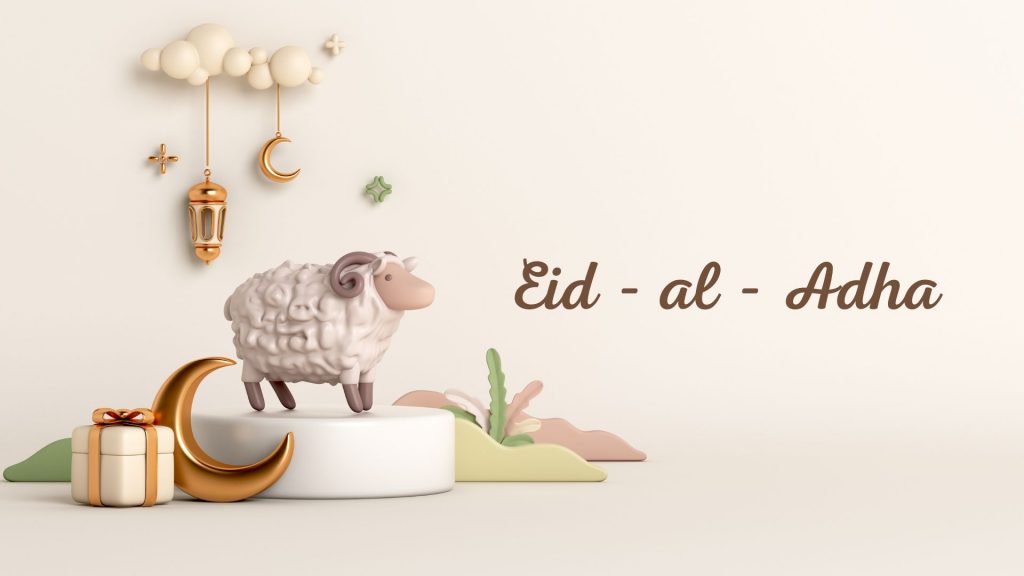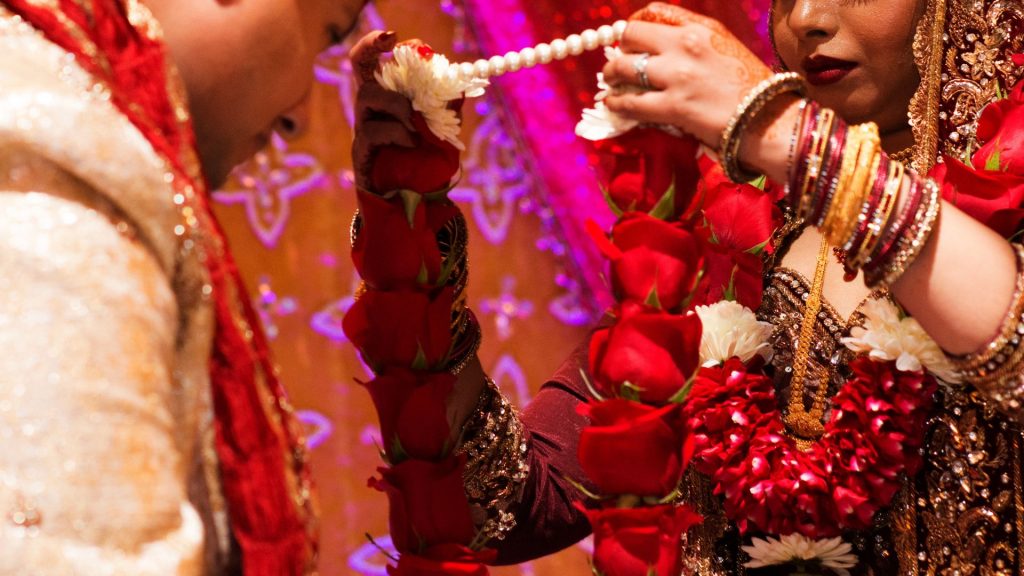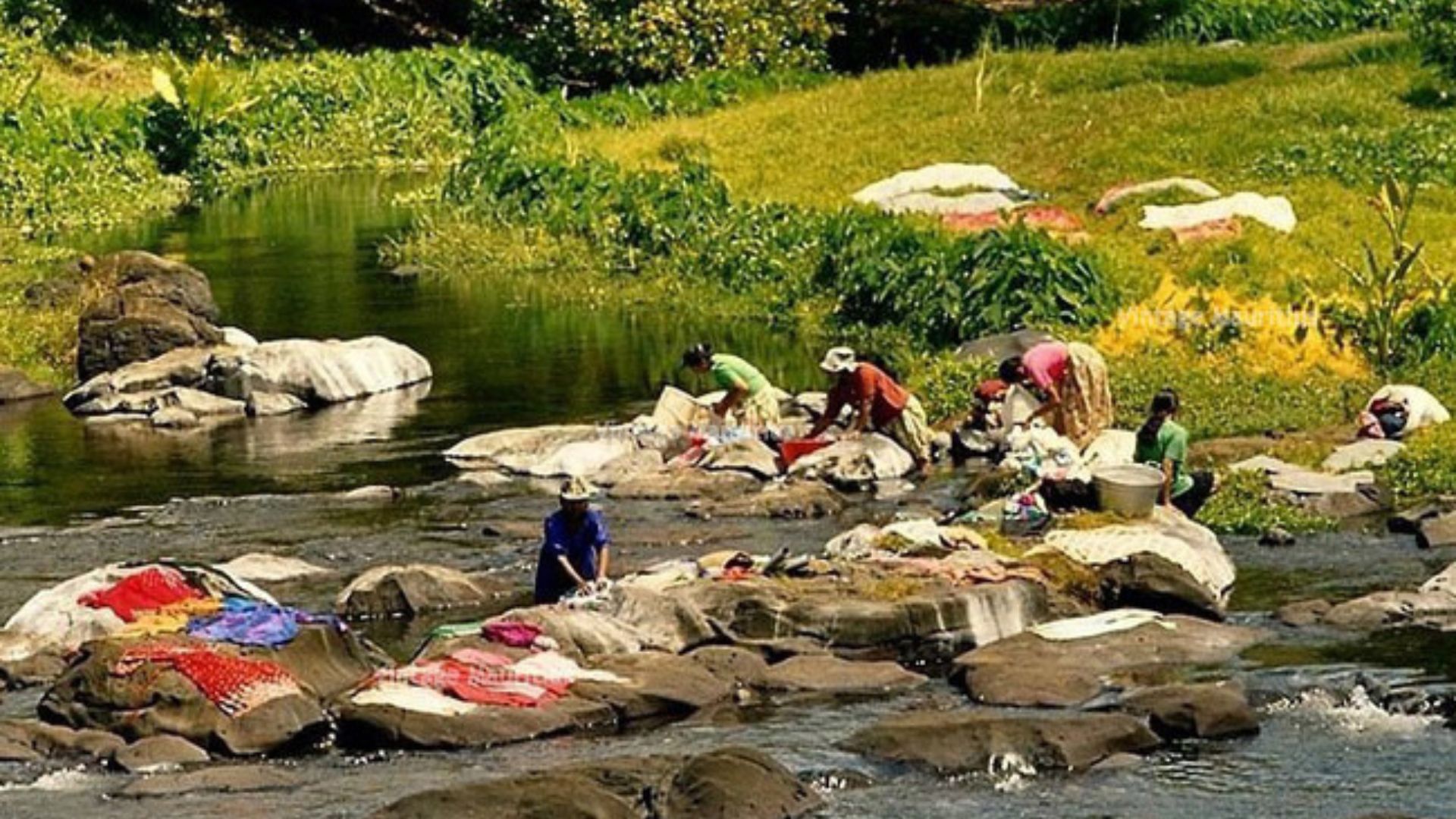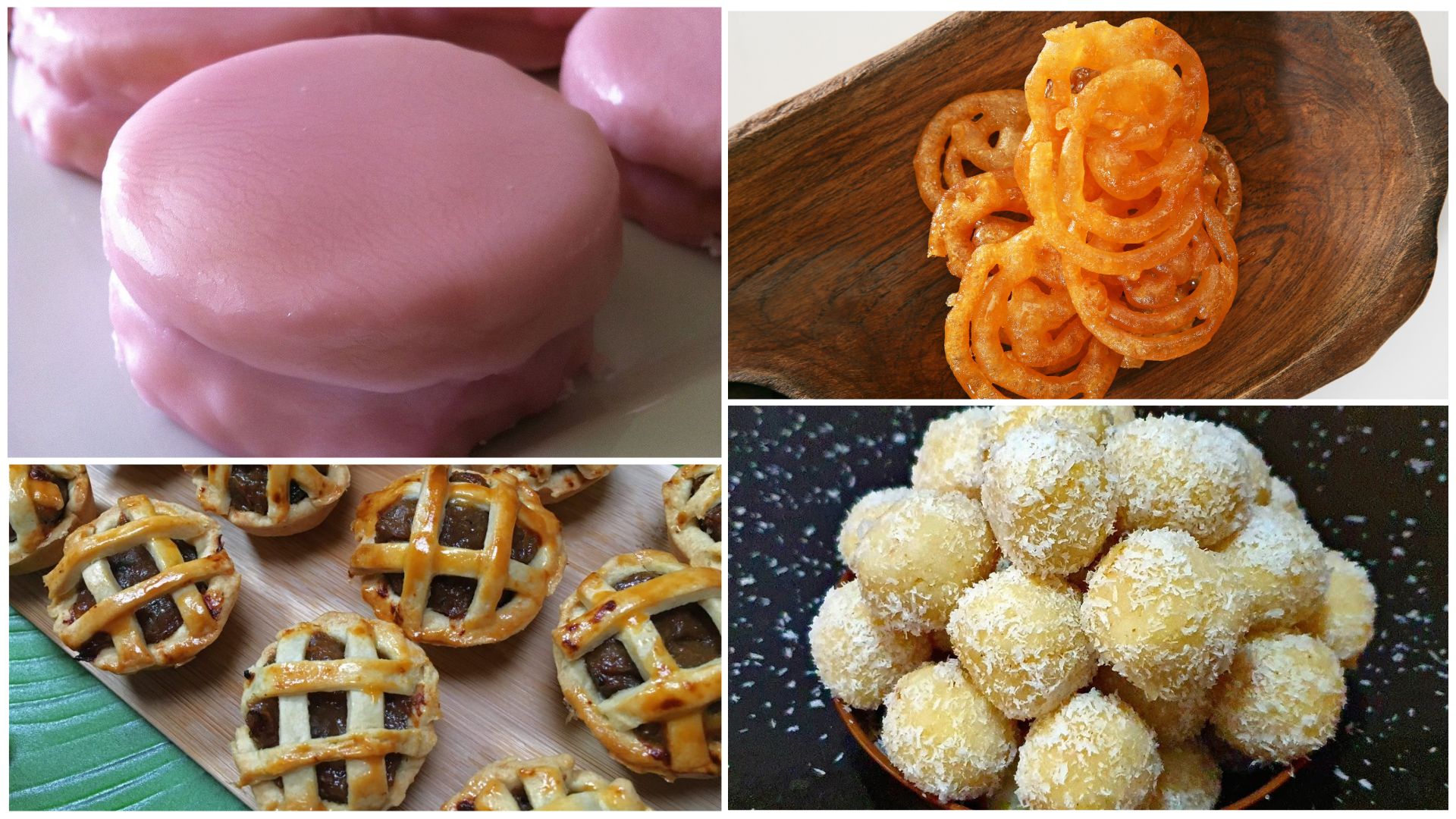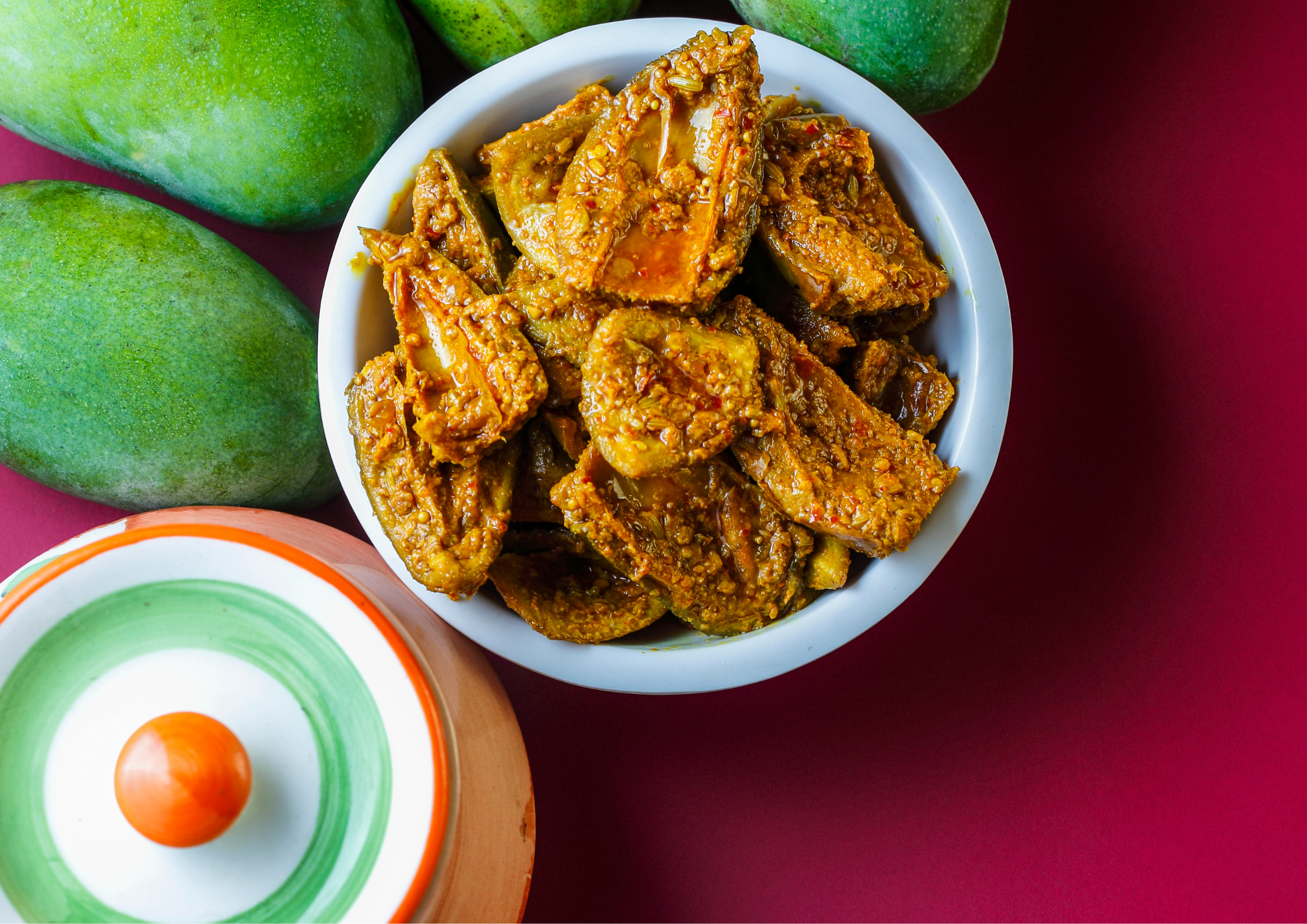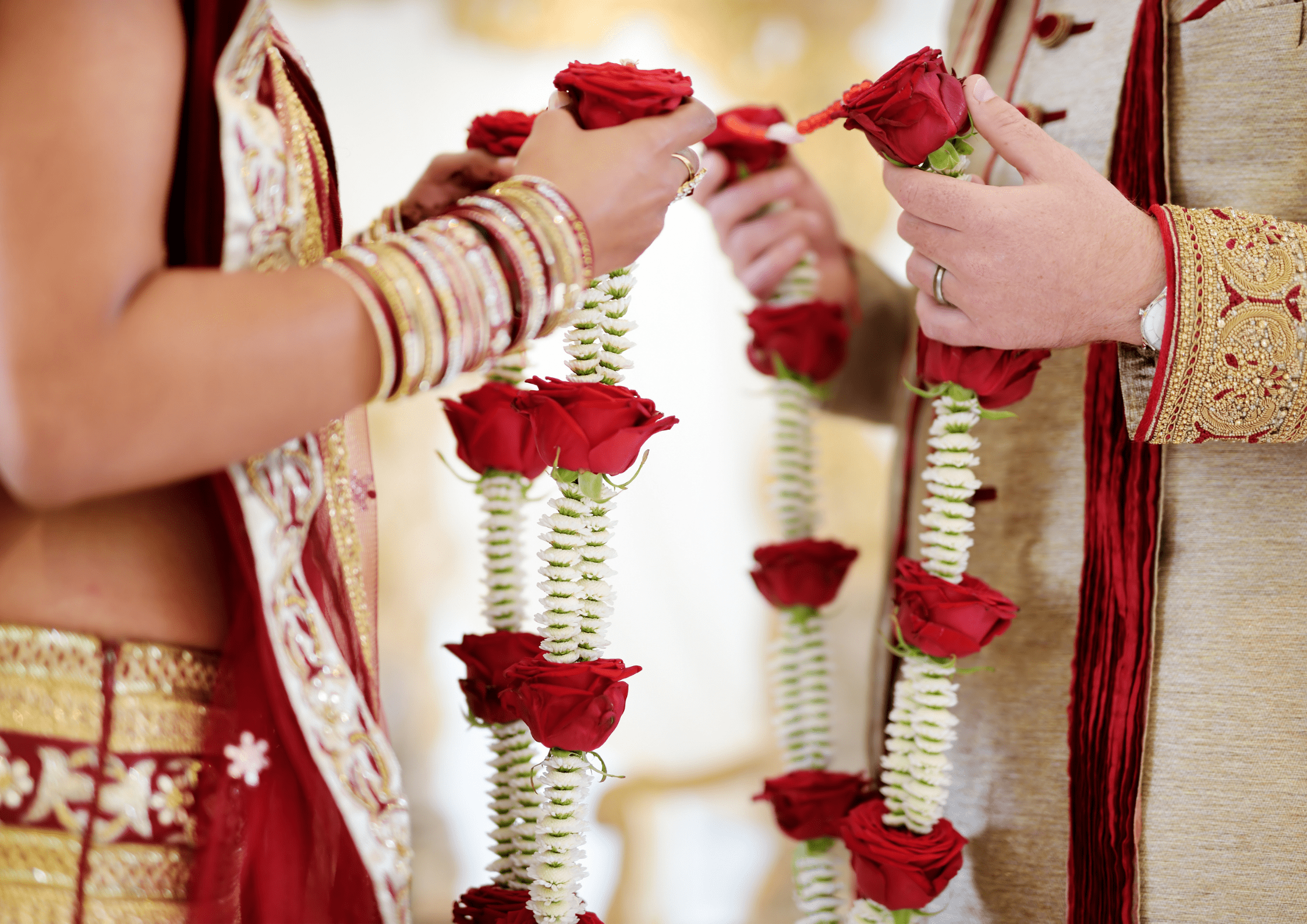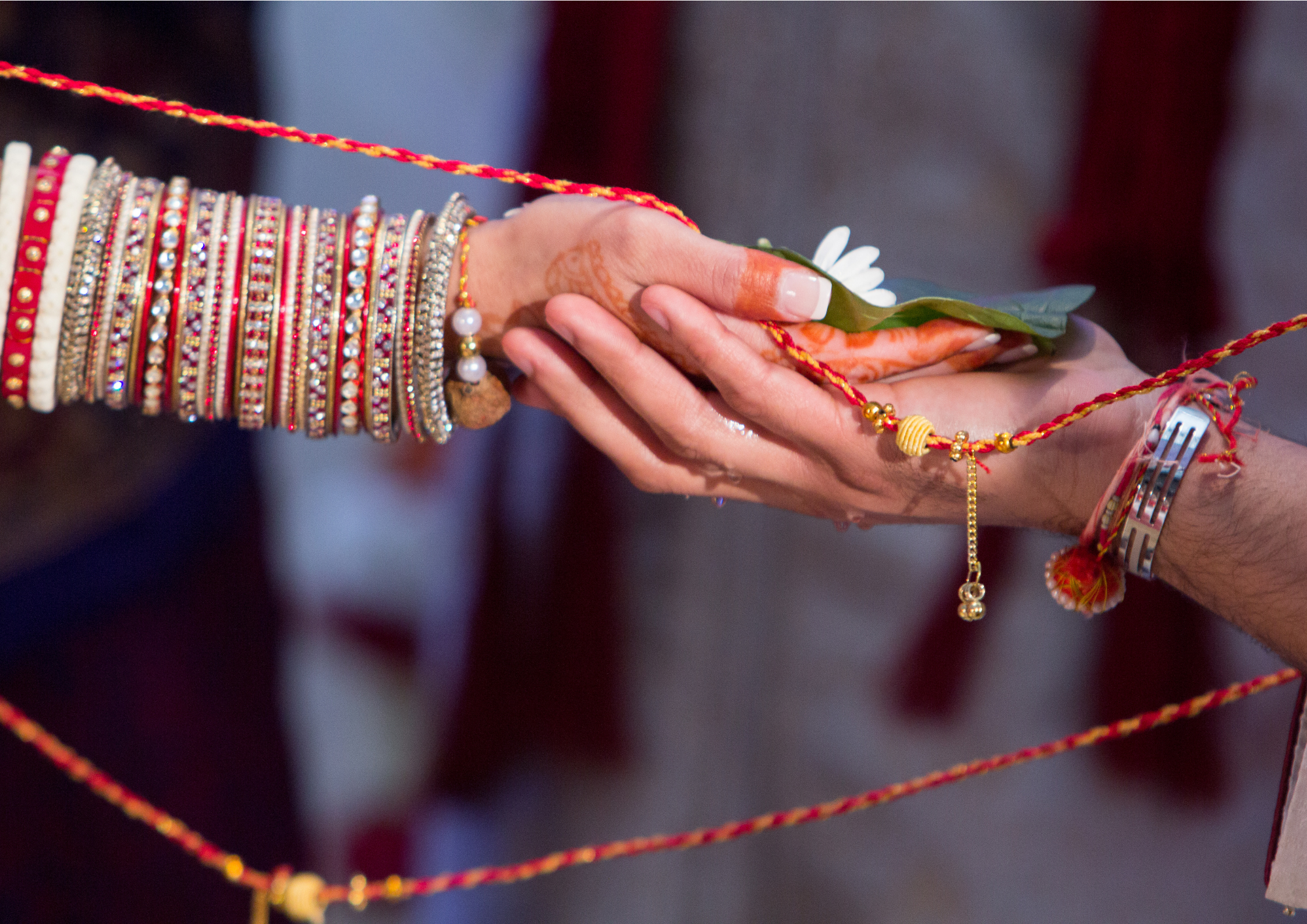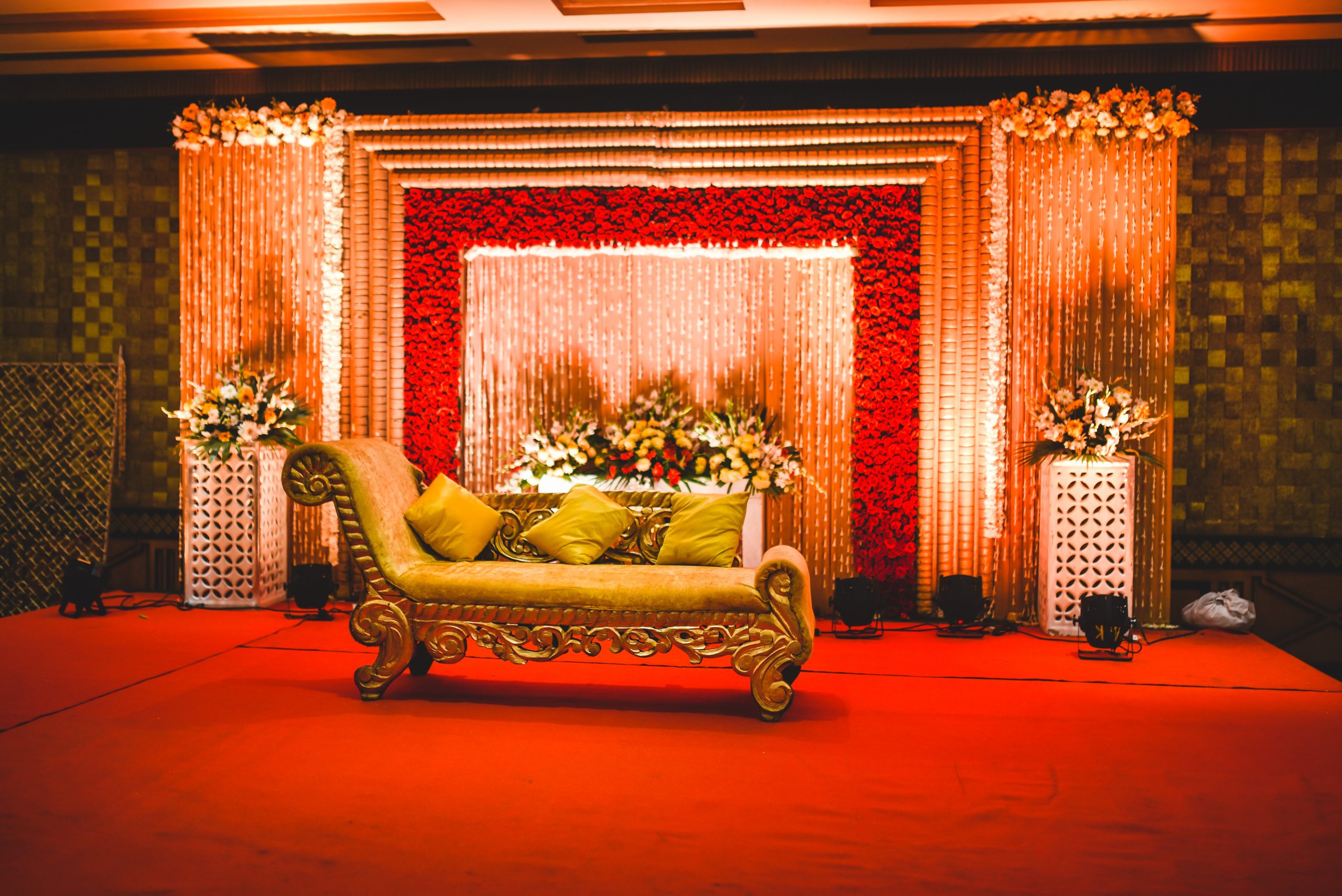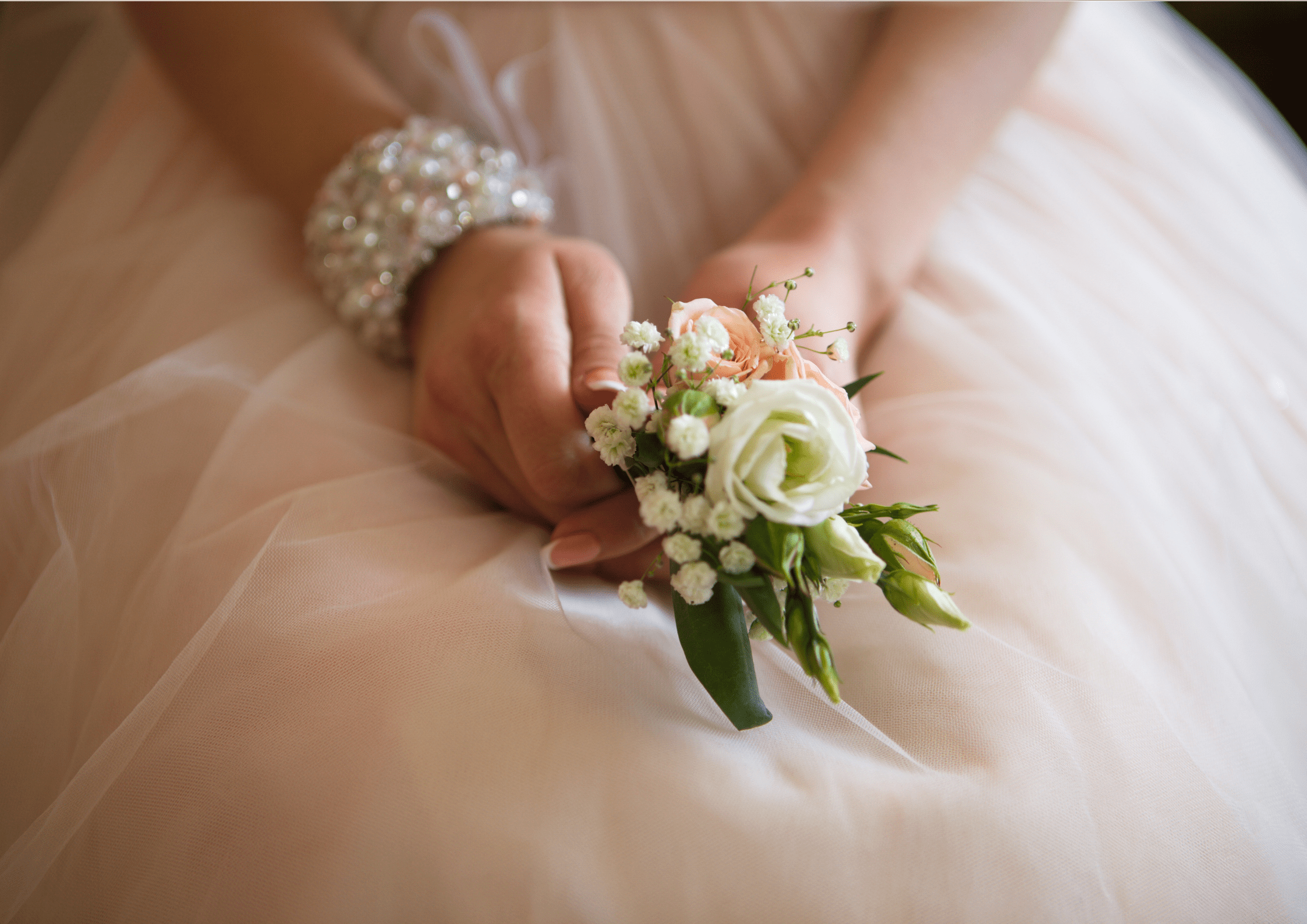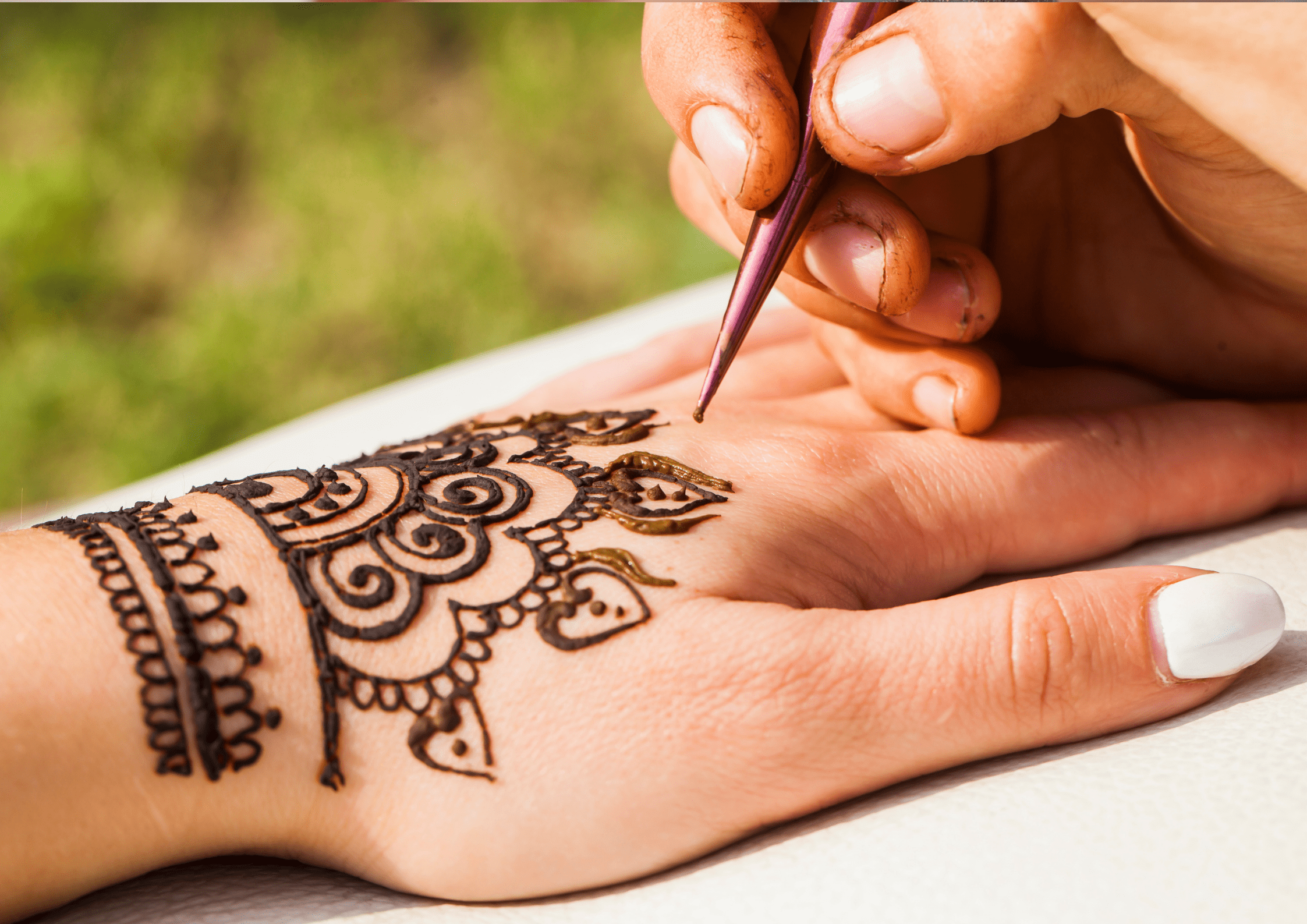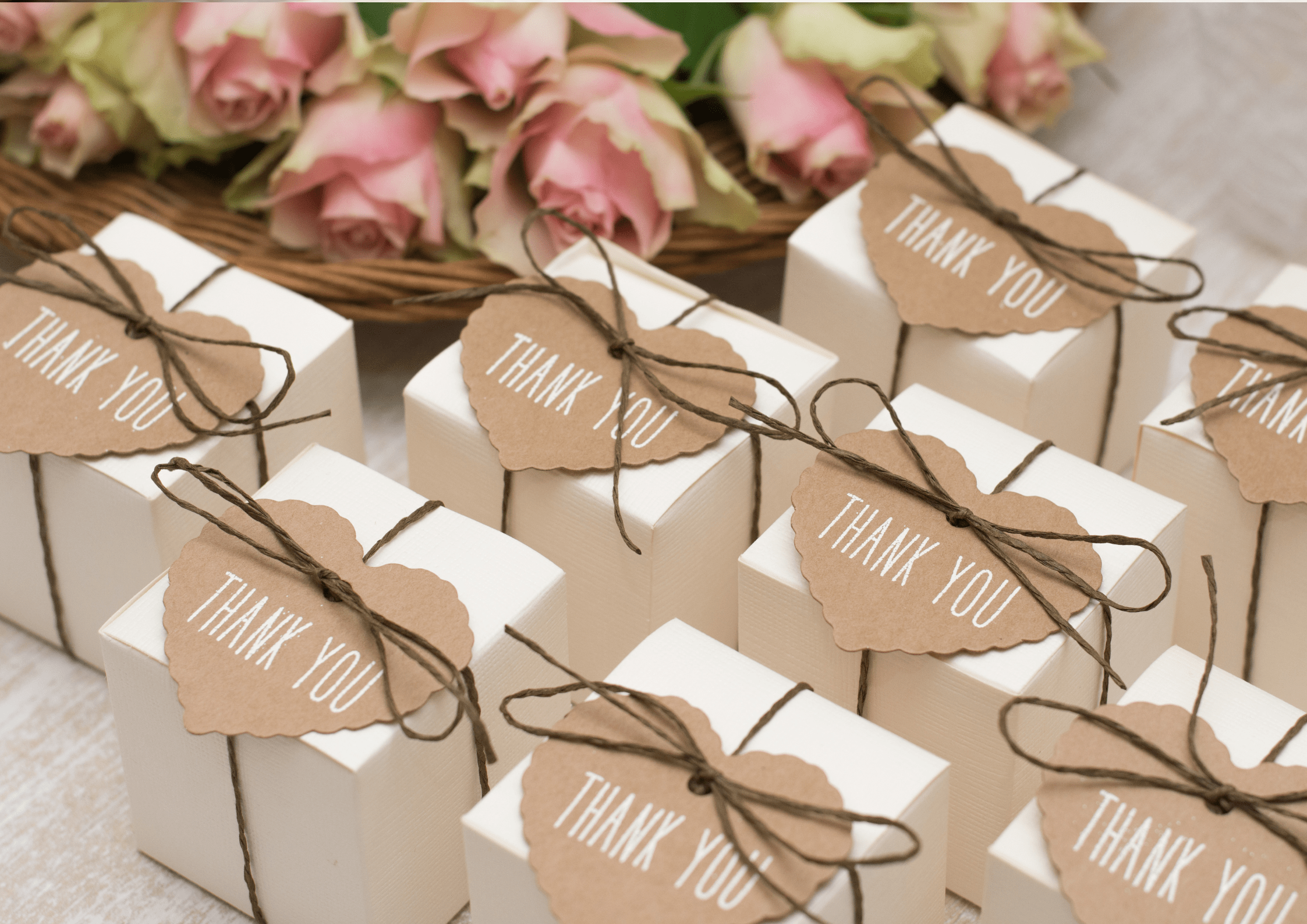Mauritius: A traditional Hindu wedding – Part 1
On Thursday evening, the bride and groom’s house were already a carnival of merriment and gaiety. The festivities usually start with the mehendi ceremony. While the bride was dressed simply, henna was applied on her hands and feet, both of which were almost completely covered with elaborated design. Even though we were celebrating a traditional hindu wedding, it reflected a true melting pot of Mauritius today, an exotic blend of Indian and Mauritian culture. On Friday night, women relatives and old ladies from nearby villages sang traditional songs to the beating of a small two-faced drum and other traditional instruments. Geet Gawai is a pre-wedding ceremony of Bhojpuri speaking people of Indian descent in Mauritius. In 2016, this ritual was added to the UNESCO’s Intangible Cultural Heritage List. This pre-wedding ceremony is a combination of certain traditional rituals, prayers to the gods and the goddesses, songs, music and dance which are mostly transferred by the elderly women from one generation to the next. They aren’t professional artists, they are mostly neighbours, cousins and old aunts. Singing and dancing is usually followed by members of the family merry making until late in the night.
Haldi or Saffran ceremony took place on Saturday night with the bride beautifully dressed in a special yellowish sari. Both bride and groom had turmeric paste applied on them at their respective house. Just before starting, a small prayer is done at the Hawan (a small fireplace for prayer). The bride was seated on a low stool in an area named beddi outside the house. The bride’s mother was the first to apply saffron on her with a small brush of twigs while her sister-in-law sat nearby. Only when married women have applied tumeric paste on the bride, can the male’s relatives, starting with the father’s bride come forward to apply same on her. In the meantime, guests were being welcomed by the bride’s mother, dressed in an elegant green and gold saree, to have dinner. Seven different types of vegetables were served with ‘tipuri’ (white flat deep fried round bread) served on a banana leaf which are eaten with hands. The food was great, and I could not resist to ask for more. Takkar (spicy tamarind sauce with exotic fruits) was served as soon as we finished dinner which is deliciously mouthwatering. The house was colourfully decorated with lights and flowers while a local band played music accompanied by a lady singing some trendy Bollywood songs.
By the time the Haldi ceremony was over, the bride moved inside the house. Her mother walked in front of her with a lota (pot of water), sparkling droplets in front of her with mango leaves while her sister-in-law carried a Puja Thali (special prayer platter) with an oil lamp. As per tradition, the oil lamp was allowed to be extinguished only after all the wedding ceremonies were done. Some guests also came forward with a few banknotes, moving it in a circular gesture over the bride’s head (signify removing evil eyes) and leaving it on the thali. Upon departure, we were given small cakes, sutalfine (fine vermicelli delicately twisted into a circular shape). On this night the bride slept with her yellow sari and all the saffron over her body. She would just have a few hours’ sleep before waking up the next morning before sunrise on her wedding day.
Zafi










